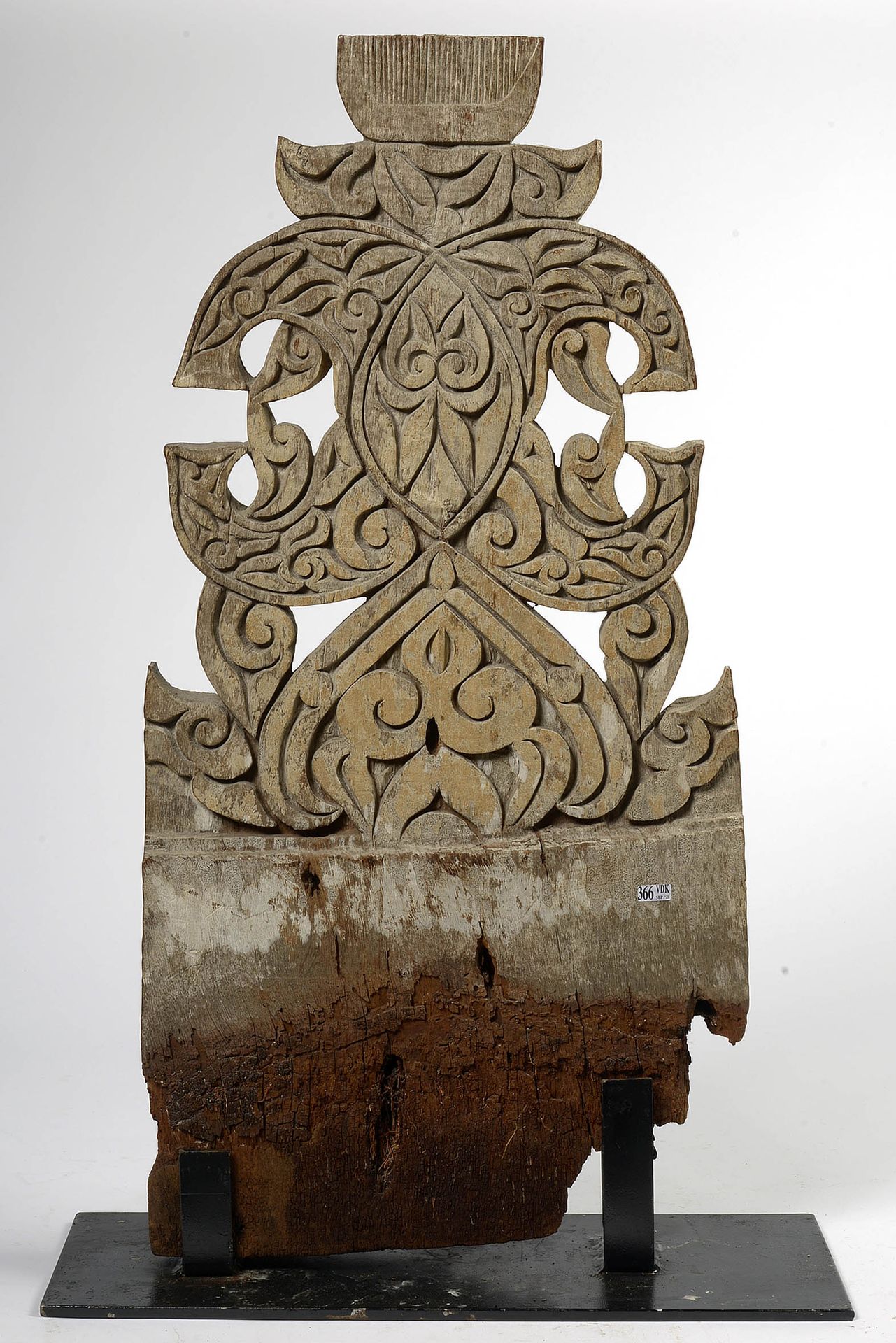Description
Large carved wooden funerary stele with white engobe and vegetal decoration. Work of the Philippines. Period: end of XIXth century. H. (without the posterior base): +/-89cm.
366
Large carved wooden funerary stele with white engobe and vegetal decoration. Work of the Philippines. Period: end of XIXth century. H. (without the posterior base): +/-89cm.
You may also like
